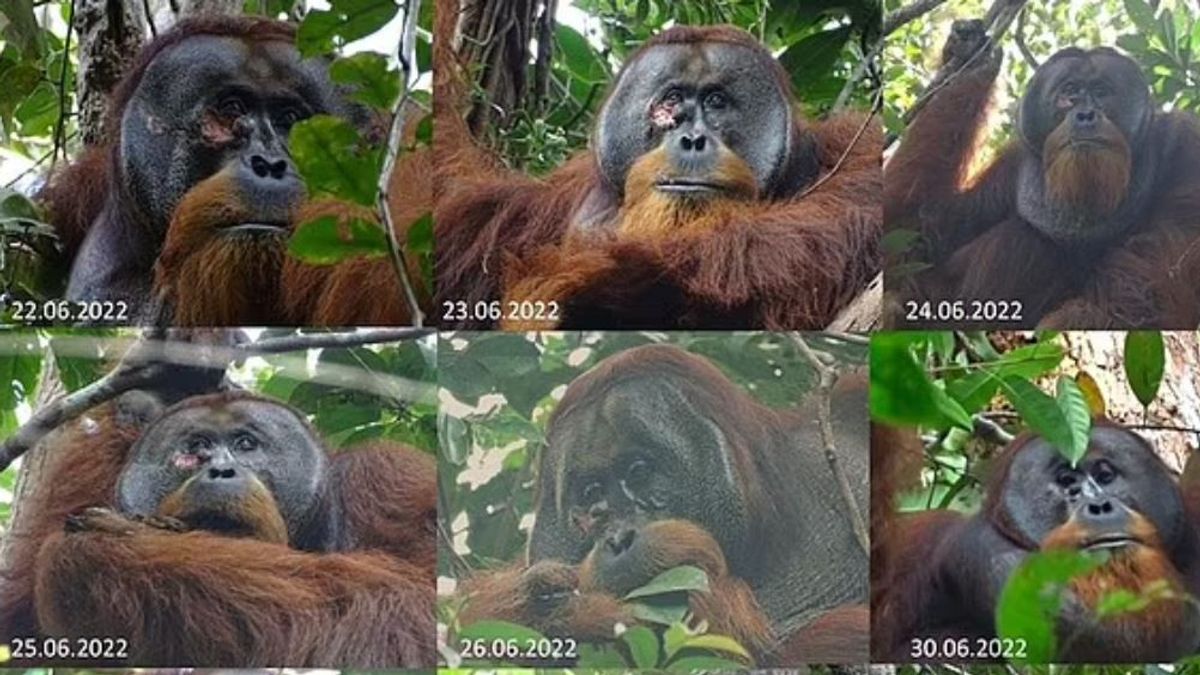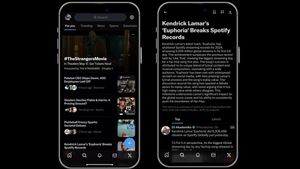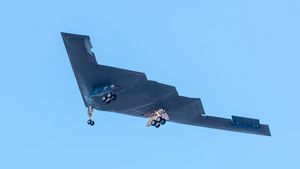JAKARTA - Scientists have observed a wild orangutan that uses drugs to treat its own wounds which became the world's first rare event.
A Sumatran orangutan, named Rakasus, was seen chewing on the leaves of medicinal plants, creating porridge, and applying the substance to the wound near his eye.
Researchers saw firsthand the Meeting with facial wounds on June 22, 2022. Two days later, he chews the leaves and spreads the paste to wounds. About two months later, on August 25, 2022, the Rakus barely showed any signs of having been injured.
It's not only scientists who are amazed that orangutans know that the plant has healing power, but also has never been seen before by an ape treating its own wound.
After two months, the wound healed and the orangutan's face showed little sign that he had been injured.
This surprising observation was carried out at the Gunung Leuser National Park in South Aceh, Indonesia last summer.
Researchers have studied the Meeting since they first saw it in 2009, but it was only on June 22, 2022 that they saw that he had suffered an injury to his face.
Meanwhile, it is not known how the wound occurred, the team noted that male orangutans often suffered such injuries in fights with other dominant males.
After seeing the Ragus treat itself, the researchers returned three days later and found the Ragus eating leaves from a local plant called the Yellow Roots (his scientific name Fibraurea tinctoria).
This is already extraordinary, because orangutans almost never eat the plant.
Humans have long used Yellow Roots to treat various diseases including diabetes, dysentery, and malaria. But never before have they seen a monkey use it.
The team observed the Ragus chewing the leaves for about 13 minutes, then collected the porridge with his finger and placed it around his eyes until the wound was completely covered. And for the next half an hour, the Rachus ate the leaves of the plant. The next day, he spent a few minutes eating the leaves.
Researchers observed a few days later, to see if the infection would arise from the wound - but nothing happened.
On June 30, just eight days after the monkey treated himself, the wound was covered.
"On July 19, 2022, the wound appears to have fully healed and only a faint scar remains," the team wrote in their study published in the journal Scientific Reports.
SEE ALSO:
Researchers took pictures during the wound healing period, but unfortunately they were unable to document the process when the Rakus applied leaves to the wound.
Scientists have seen orangutans do their own treatment before, but never in such a way. For example, orangutans with an intestinal parasite will sometimes eat leaves from medicinal plants that are known to have anti-parasitic properties.
A young orangutan with severe injuries was seen eating wild ginger, a plant used by the local community to treat inflammation and fight infections.
They estimate that the Ragus was born in the late 1980s, so that it is now around the mid-1930s.
Male orangutans can live up to 58 years in the wild, but their average age is closer to 40 years.
"According to our knowledge, this study is the first systematic documentation of an active wound treatment suspected of using biologically active plant substances in large apes and other non-human species," the study's author wrote.
The English, Chinese, Japanese, Arabic, and French versions are automatically generated by the AI. So there may still be inaccuracies in translating, please always see Indonesian as our main language. (system supported by DigitalSiber.id)













